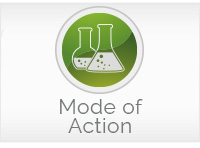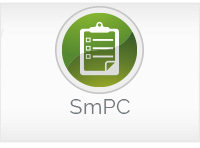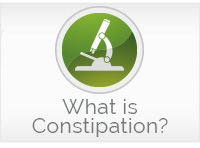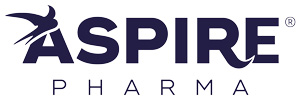
 In 1932, Prof. M.D. Glaessner detailed the development of a new type of laxative, a carbon dioxide releasing suppository. Trialling these suppositories in humans, he noted that the release of carbon dioxide triggered the passage of a normal stool in a short time period.1
In 1932, Prof. M.D. Glaessner detailed the development of a new type of laxative, a carbon dioxide releasing suppository. Trialling these suppositories in humans, he noted that the release of carbon dioxide triggered the passage of a normal stool in a short time period.1
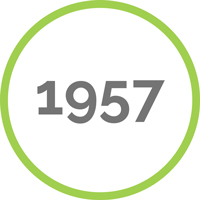 Clauser et al. studied the effect of Lecicarbon suppositories versus placebo. This trial was performed, in part, to show how double-blind studies could be used to differentiate between placebo and active effects.
Clauser et al. studied the effect of Lecicarbon suppositories versus placebo. This trial was performed, in part, to show how double-blind studies could be used to differentiate between placebo and active effects.
They found that in a double-blind clinical trial, Lecicarbon was effective in 66% of 134 patients compared with success in 10% of 48 patients in the placebo group.
One conclusion they drew on Lecicarbon was that Lecicarbon “supports a normal, daily reflex bowel pattern in a natural way through carbon dioxide production.”2
 Lecicarbon used as part of a bowel cleansing procedure prior to tomographic colonography.3
Lecicarbon used as part of a bowel cleansing procedure prior to tomographic colonography.3
 Lecicarbon A (licensed for use in adults) and Lecicarbon C (licensed for use in children) were approved in the UK via the well-established use application.4
Lecicarbon A (licensed for use in adults) and Lecicarbon C (licensed for use in children) were approved in the UK via the well-established use application.4
 Lecicarbon E (the German equivalent of Lecicarbon A) was referenced as an available rectal stimulant in Guidelines for Neurogenic Bowel Dysfunction in individuals with Central Neurological Conditions.5
Lecicarbon E (the German equivalent of Lecicarbon A) was referenced as an available rectal stimulant in Guidelines for Neurogenic Bowel Dysfunction in individuals with Central Neurological Conditions.5
References: 1) K. Glaessner; Therapeutic studies on chronic (habitual) obstipation: Sonderabdruck aus Archiv fϋr Verdauungskranheiten, B.d. 52(1932) Heft 1/2, p44-49. 2) G. Clauser et al; Placebo Therapy of Obstipation and clinical trials of laxatives: Medizinische Klinik (Die Wochenschrift fϋr Klinik und Praxis) 52.Jg Nr.24 (1947) p1071-1073. 3) S. Yamamoto et al; A simple image processing approach for electronic cleansing in computed tomographic colonography: Biomed Imaging Interv J 3 (2009) p28. 4) Lecicarbon A & C Suppositories SmPCs 5) Guidelines for management of neurogenic bowel dysfunction in individuals with central neurological conditions; MASCIP (2012).

